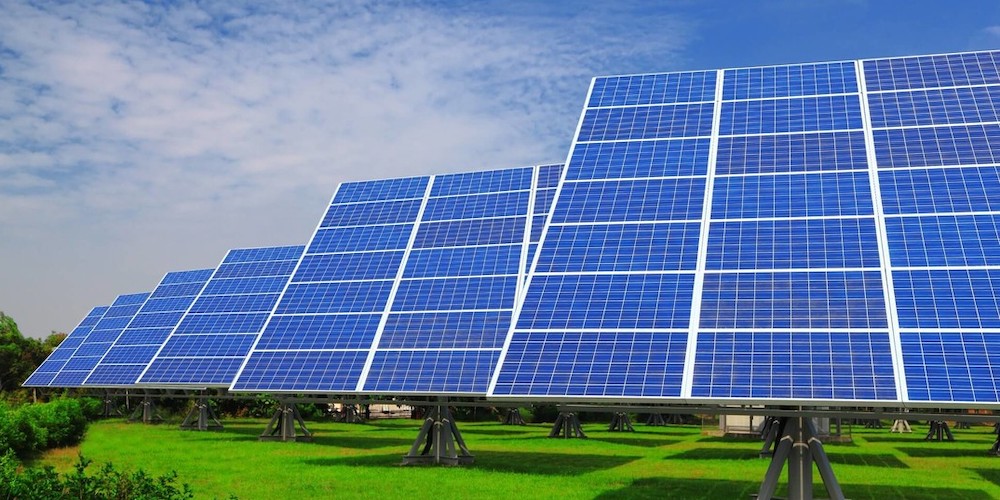Augmenting Solar Power

Low-cost perovskite solar cells with superior thermal and moisture stability developed indigenously by Indian scientists will be of immense help in the generation of solar energy
Indian scientists have internally developed low-cost, highly stable Carbon-based perovskite solar cells with thermal and moisture stability which can help overcome the challenges of degradation during operation. It is the first indigenous perovskite-powered niche product developed in India and can pave the path for futuristic stable PSC.
With India playing an important role in promoting renewable energy as part of the global effort to cut down carbon emersion and protect the environment, solar energy forms an essential segment in increasing the footprint of green energy. One of the technologies for developing solar energy production is Perovskite solar cell (PSC), a third-generation solar cell. However, PPC(Perovskite photovoltaic cells) face the problem of degradation during operation when they come in contact with heat, light, moisture, and other environmental factors. This long-durability is a major hindrance in the large-scale commercialization of the product.
While CPSCs(Carbon-based perovskite solar cells) have been successful in reducing device stability issues and fabrication costs, the sensitivity of perovskite materials toward dampness and thermal stress is a major obstacle to practical implementation.
The modified MAPI exhibits a 2D/3D encapsulant layer at the perovskite surface, which, helps the perovskite attain high moisture and temperature stability. The engineered MAPI films exhibit excellent temperature (more than 150 °C) and ambient stability (more than 59 days) when compared with traditional MAPI films.
This stable perovskite was used as an absorber in Carbon-based perovskite solar cells minimodules (50mm x 50mm) and was successfully integrated with road reflectors to power the LEDs, which were used to charge commercial 1.2V batteries. It can be powered even in full sun and also functions at diffused light, which is key in niche applications.

The effect of the concentration of surface passivator was studied, and 1AV-based CPSCs exhibited high stability and enhanced performance as compared to the GUMAPI CPSCs. The enhanced stability towards moisture and temperature of 1AV CPSCs makes. The synergetic effect of compositional engineering and surface passivation was successfully used to create perovskite films stable to moisture and temperature by the addition of GUI (compositional engineering) and 5-AVAI (surface passivation) into MAPI.
The research funded by the DST(Department of Science and Technology), Ministry of Science and Technology was published in the ‘Journal of Power Sources’.
The indigenously created PCS(perovskite solar cells) can help resolve stability concerns in PSCs bring down high fabrication costs and could help grow commercialization in PSC-based niche products.
This work by the Indian scientists is going to help the government in a big way in harnessing and increasing the production of solar energy.
As per the report on World Energy Outlook 2021 of the International Energy Agency (IEA), the then-current share of India in the global primary energy consumption was 6.1% and is likely to increase to about 9.8% understated policies scenarios by 2050. “One of the ways India can improve its energy security in the face of rising demand is by continuously increasing the number of solar power units and its reliance on solar energy”- said the experts.
The Modi Government has also announced its aim of achieving 500 GW installed capacity from the non-fossil fuel-based capacity (Hydro, Nuclear, Solar PV, Wind, Biomass, etc.) by 2030. Toward achieving its goal, India has set its sight to further harness the energy of the Sun. With its abundant light resources, the country has embarked on a remarkable journey toward expanding solar power generation and shaping a brighter, greener future. In recent years, India has made significant strides in adopting solar energy( as well as energy from Hydro, Nuclear, Solar PV, Wind, Biomass, etc.) on a large scale.


